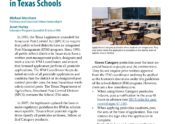
Recognizing Green Category Products
By Janet Hurley
Introducing our “Recognizing Green Category Products” handout as a Texas A&M AgriLife Extension numbered publication. Forever known as the ‘green list’ this document has morphed over the past fifteen years to help us (Don Renchie, Mike Merchant and Janet Hurley) to train Texas School IPM coordinators about our three colored category pesticide ranking system. When the ranking was first developed in the mid-1990’s organophosphates were being phased out, pyrethroids were coming on, but also a variety of other insecticides were being introduced. Over the past twenty years we have used this handout in conjunction with our School IPM training to help educate participants what are the active ingredients that comprise our Green category.
In training we are always asked why isn’t this on the label and we respond that this is a Texas requirement, not a Federal requirement so no pesticide label needs to have that designation. However, with programs like LEEDs and Pollinator Protection Programs using more “green” products, this list has now become even more relevant.
In Texas, the following classes of insecticides make up the Green Category Products Title 4, Part 1, Chapter 7, Subchapter H, Division 7, Section §7.204 of the Texas Structural Pest Control Regulations:
- Biological (living) control agents
- Boric acid, disodium octoborate tetrahydrate, or related boron compounds
- Botanical insecticides containing no more than 5 percent synergist (does not include synthetic pyrethroids)
- Insect and rodent baits in tamper-resistant containers or for crack-and-crevice use only (not broadcast)
- Insect growth regulators (IGR)
- Microbe-based insecticides
- Pesticidal soap, natural or synthetic horticultural oils
- Silica gel, diatomaceous earth
These products based on how they are applied (targeted to infestation area) and in most cases low-toxicity of their active ingredients (IGRs, botanical) allowed them to be included into the Green Category. Under the botanical insecticide group the list of active ingredients has doubled in the past 10 years, making this “list” hard to keep up with. Hence, AgriLife Extension has always maintained this is more about a teaching tool than a list for people to use to purchase pesticides or an endorsement of products. When we developed this document, I wanted to learn what all the products were so I could help train better, not realizing that this would be a long-term pursuit. At the same time, it is a good reference tool so that as an IPM Coordinator, Pest Management Professional, or anyone else interested in green products to see what is currently available.
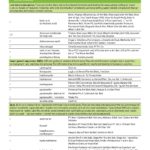 A few things to remember when using this document; when looking at the baits section remember this section is for baits used in tamper-resistant containers or for crack & crevice use; the botanical section is constantly changing our rule just requires the products in this category have no more than a 5% synergist. Synergists are chemicals that make insecticide ingredients more effective at killing pests. Finally, the product names listed are not recommendations, endorsements, or a full list as products change as well.
A few things to remember when using this document; when looking at the baits section remember this section is for baits used in tamper-resistant containers or for crack & crevice use; the botanical section is constantly changing our rule just requires the products in this category have no more than a 5% synergist. Synergists are chemicals that make insecticide ingredients more effective at killing pests. Finally, the product names listed are not recommendations, endorsements, or a full list as products change as well.
For more information about pesticide classes and detailed information check out the National Pesticide Information Center (NPIC) website they have some great information you can use as well.
To obtain your own copy you can check out the AgriLife Extension Bookstore where you can download a PDF copy and soon order a hard copy of this document as well.
Summer Insects that will make you Itch!
By Paul Schattenberg, featuring Wizzie Brown and Molly Keck.
As people become more active in summer, so do a few familiar pests that keep Texans itching – and scratching — for relief, said Texas A&M AgriLife Extension Service entomologists.
“This time of year there’s usually a significant increase in chigger and flea activity,” said Wizzie Brown, AgriLife Extension entomologist, Travis County. “With people and their pets spending more time outdoors, the likelihood of getting bitten by chiggers or fleas also increases.”
Brown explained chiggers are mites in the immature stage. Molly Keck, AgriLife Extension entomologist, Bexar County, said chiggers develop in fields and weedy areas, especially areas with tall grasses.

Chigger bites cause red, irritated marks on the skin. Chiggers prefer biting areas where skin is the thinnest or where clothing fits tightly, like places around the ankles and waist. (Texas A&M Agrilife Extension Service photo by Dr. Mike Merchant)
“While chiggers are active from spring through fall, they are most noticeable in the summer, especially early summer when there’s a good amount of vegetation,” Keck said. “The larvae gather on the tips of plants and other locations where they crawl onto hosts.”
She said chiggers typically live in edge habitats or zones – areas of denser vegetation next to areas more open or lacking in vegetation.
“This might be a thick garden along a fence line next to a well-manicured lawn or in the tall grass that borders a walking trail,” she said. “These are good locations to avoid.”
Brown said chiggers climb onto people walking through infested areas, crawl upwards and wander around the body seeking a good site to settle down and feed. The preferred feeding locations are areas where skin is thinnest or where clothing fits tightly, such as around the ankles or waist or behind the knees.
Brown said when chiggers feed, they inject a digestive enzyme that breaks down skin cells, which are then eaten.
“Itching and redness are caused by our body reacting to the enzymes injected into our skin,” she said. “It typically begins 3-6 hours after being bitten, peaks at 24 hours and can last up to two weeks.”
She said the best way to avoid chiggers is to keep away from areas likely to be infested, but if that is not possible, some other ways to protect from them include:
- Use an insect repellent with DEET or picaridin.
- If wearing boots, tuck the pant legs into them.
- Avoid sitting on the ground.
- Remove and launder clothing as soon as possible after being in infested areas.
Shower or bathe soon after being in an infested area. Scrub vigorously with a washcloth.
She said some ways to reduce the possibility of chigger infestations around the home include keeping the lawn mowed, not allowing weeds to grow, keeping brush cleared and targeted use of residual pesticide sprays.
“Sprays with pyrethroids have proven to be effective,” Brown said. “But if you do get bitten, avoid scratching any pustules caused by the bite as opening them may lead to infection. Use oral antihistamines or topical anti-itch creams to relieve the discomfort.”
Fleas too are pests that reappear persistently during summertime, the entomologists said.
“Fleas are small, wingless insects with flattened bodies and all body spines pointed to the rear for easier movement through the fur or hair of an animal,” Keck said. “Their mouthparts are formed for piercing and sucking.”
Flea larvae are found in the nests of various animals, in rugs or carpets in the home or in the soil in areas where animals frequent. They feed on organic debris and as adults are blood-feeders.
“Fleas are ectoparasites and females require a blood meal to produce eggs,” Brown said. “After feeding on a host, females can produce about 30-50 eggs per day that fall off the host animal and into carpeting or other areas inside and outside the home. After fleas pupate, they hatch out of the cocoon in about two weeks, but pupae can remain dormant for up to five months.”
She said proper flea management has multiple parts.
“Fleas should be managed on the pets as well as in the environment,” she said. “Grooming the animal with a flea comb and/or bathing it regularly can help reduce flea numbers. Wash pet bedding in hot water and avoid walking pets in known flea-infested areas.”
Brown said a veterinarian should be consulted about flea control products for pets.
“There are numerous products on the market that work well when used according to label instructions,” she said. “When you find fleas on a pet, you need to not only treat the pet but also any areas the pet frequents — both inside and outside the home.”
Brown noted fleas found around or in homes without pets may be coming from wildlife.
“Attic and crawl spaces should be inspected for wildlife activity,” she said. “Wildlife should be removed, and after removal the area should be treated with an insecticide labeled for fleas. Then the area should be sealed so wildlife cannot re-enter.”
Brown also advised that new homeowners may have problems with fleas shortly after moving in if the previous owners had pets with fleas.
“You should vacuum thoroughly and regularly under furniture and along baseboards to reduce flea eggs, larvae and pupae. Then place the used vacuum bag in a sealed plastic bag and throw it into an outdoor garbage can so fleas do not hatch out and re-infest the home.”
She said outdoor flea treatments targeted to areas where pets frequent should be done at least twice.
“The second treatment should occur 10-14 days after the initial treatment,” she noted.
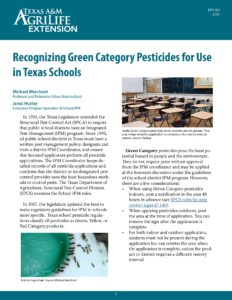
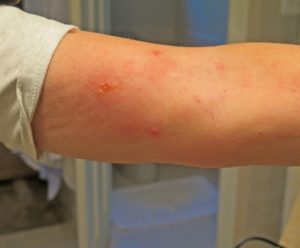
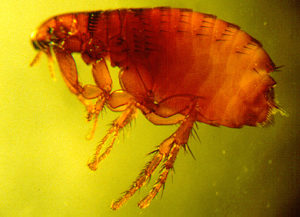



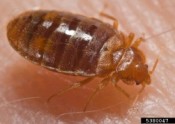
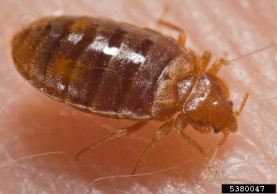


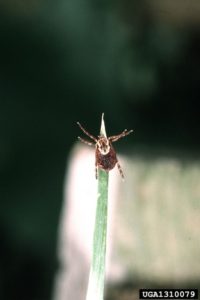

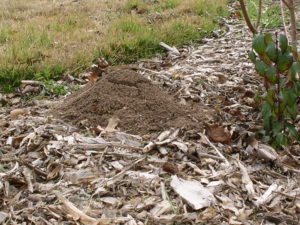
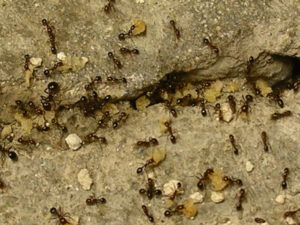
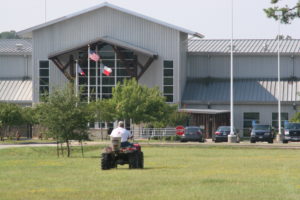
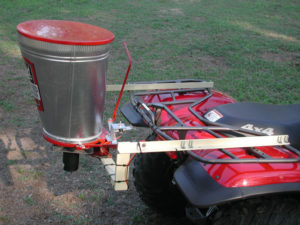


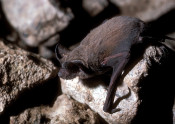

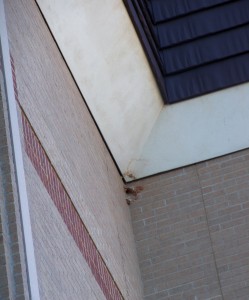
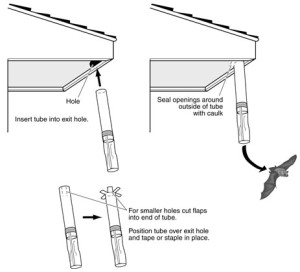
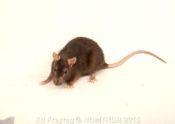
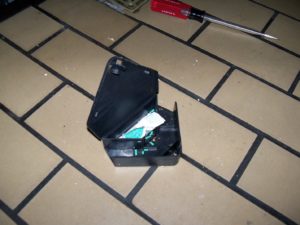
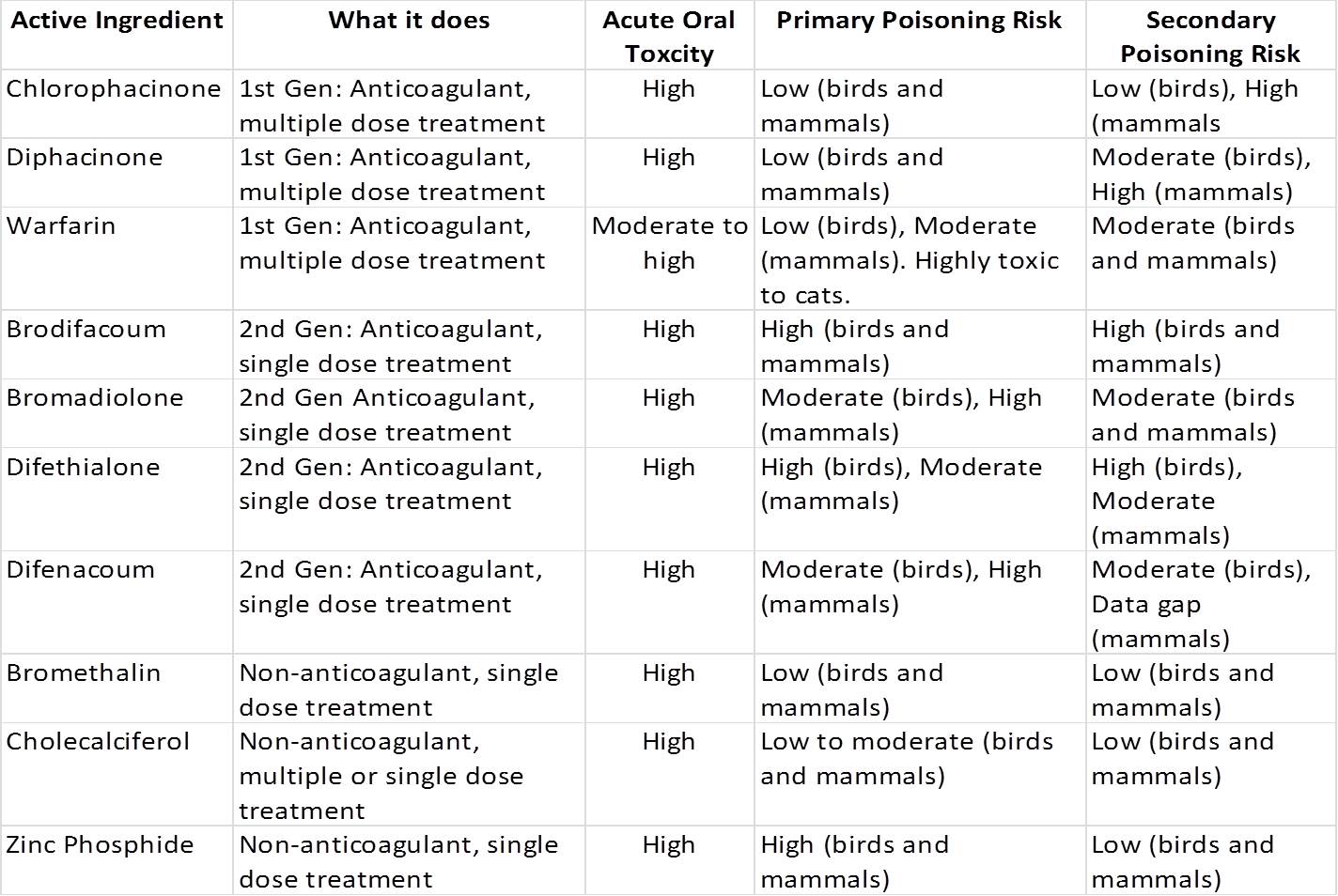

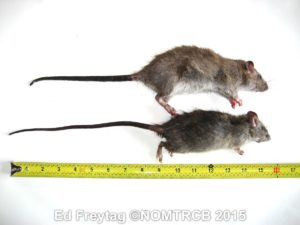



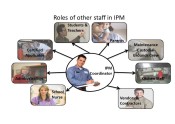

 One of the main motivations behind IPM practices is resistance management. This rationale, however, is an example of something that can be perceived as a distant threat. I have lost count of the number of articles in agricultural media such as Farm Press and Growing Produce that include warnings and pleas by weed scientists and entomologists not to rely on a new chemistry once an old one has been rendered useless. However,eager to reclaim income lost the previous year, growers ignore the warnings and do what they think will rid them of the problem. In the same vein, teachers and homeowners reach for the canned insecticide when they see an ant or cockroach because they feel it will give them immediate satisfaction of the insect’s death, while neglecting to realize that a good cleaning is needed to get rid of the rest of the colony that is nesting in closet clutter or in an unmaintained windowsill. To convince people to use IPM, resistance and clutter must be seen as issues that are immediate rather than in the future.
One of the main motivations behind IPM practices is resistance management. This rationale, however, is an example of something that can be perceived as a distant threat. I have lost count of the number of articles in agricultural media such as Farm Press and Growing Produce that include warnings and pleas by weed scientists and entomologists not to rely on a new chemistry once an old one has been rendered useless. However,eager to reclaim income lost the previous year, growers ignore the warnings and do what they think will rid them of the problem. In the same vein, teachers and homeowners reach for the canned insecticide when they see an ant or cockroach because they feel it will give them immediate satisfaction of the insect’s death, while neglecting to realize that a good cleaning is needed to get rid of the rest of the colony that is nesting in closet clutter or in an unmaintained windowsill. To convince people to use IPM, resistance and clutter must be seen as issues that are immediate rather than in the future.
 .
.